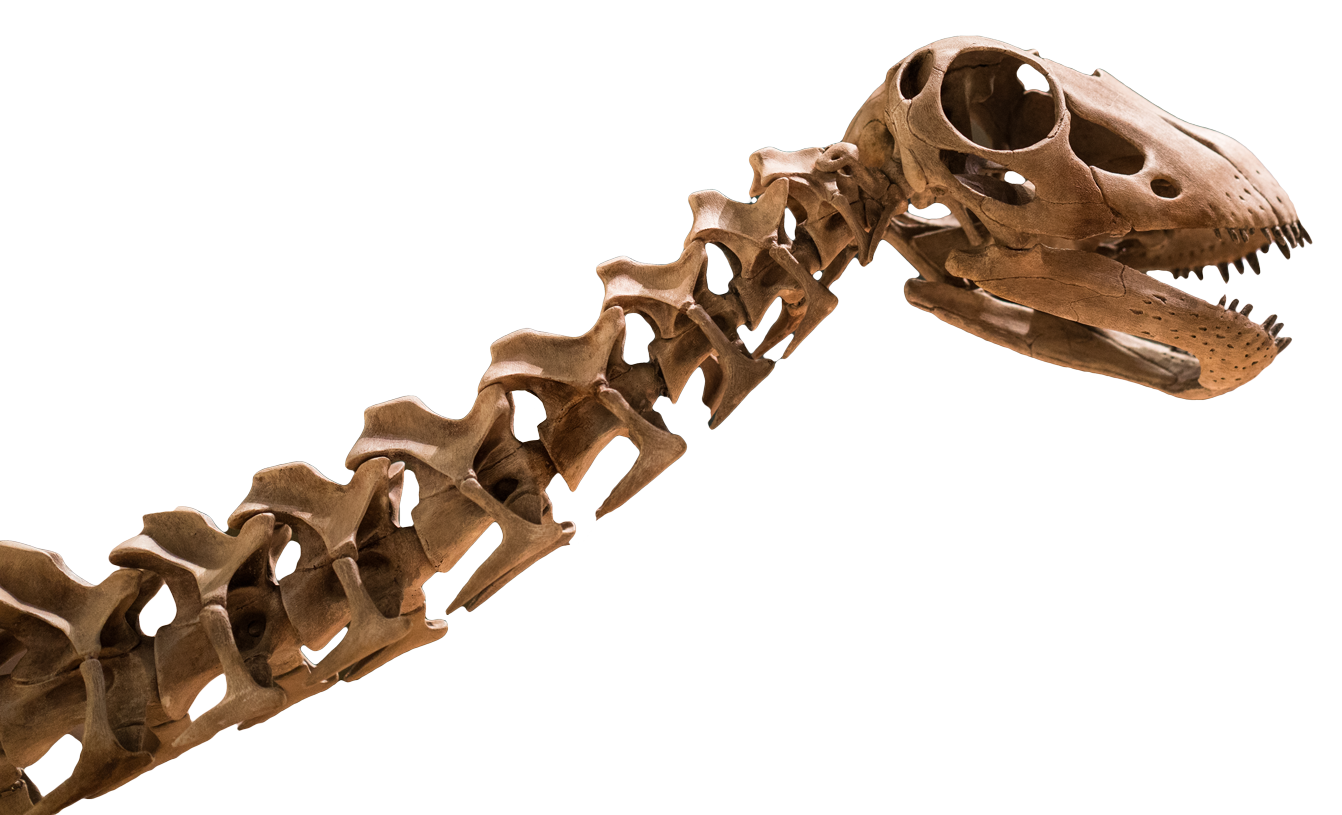The State of Water: Our Most Valuable Resource
August 30, 2025 – October 19, 2025
Seventy-one percent of the earth’s surface is covered in water, but only 0.007 percent of it is available to fuel and feed its eight billion people. This exhibit puts visitors face-to-face with the systems and techniques that deliver our most valuable natural resource. In doing so, the exhibition encourages us to see water conservation as a process we can all get involved in.
In The State of Water: Our Most Valuable Resource, Guggenheim award-winning photographer Brad Temkin continues his long-standing attention to our relationship with nature—how we appreciate and accommodate it, and how it accommodates us. Temkin’s pictures celebrate ideas in water and wastewater engineering design, showing the inventiveness in architecture and infrastructure necessary to meet our needs and to accommodate nature.
Temkin’s photographs document and reveal beauty in all states of water from sludge to pure; and advocates for our need to conserve and reclaim our most valuable and essential resource on Earth.
This bilingual exhibition (English/Spanish) is rich in STEAM information. Curious visitors of all ages will learn about the complexity of water purification and its immense importance in our day-to-day lives.
Aliento a Tequila | The Spirit of Tequila
August 30, 2025 – October 19, 2025
Aliento a Tequila (or The Spirit of Tequila) explores and celebrates the landscape, culture, and traditions that gave birth to tequila, Mexico’s mestizo national drink. The exhibit includes series of the original distilleries that literally founded the industry, as well as several artisanal tequileras committed to the ancestral ways of tequila-making, from harvest to bottle.
Agave dates back to the Aztec civilization as an important crop in Mexico. Since the 1600s, the people of western Mexico have cultivated blue agave from the red volcanic soil that blankets the region, to make what we know as tequila. Photographer Joel Salcido traveled across the state of Jalisco capturing images of distilleries and artisanal tequileras, including blue agave fields at sunset, the agave’s pineapple-like centers (piñas), elegantly shadowed barrel rooms (añejos), and, of course, the agave farmers themselves. Salcido’s photographs reveal not only the tequila making process but also the region’s traditions of culture and religion.


